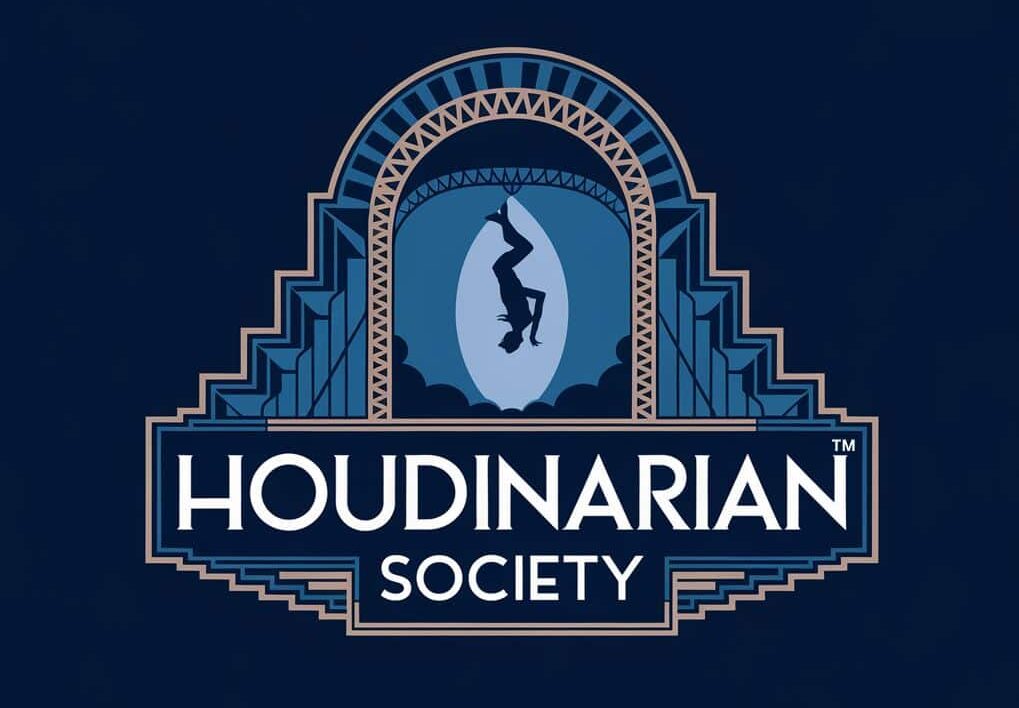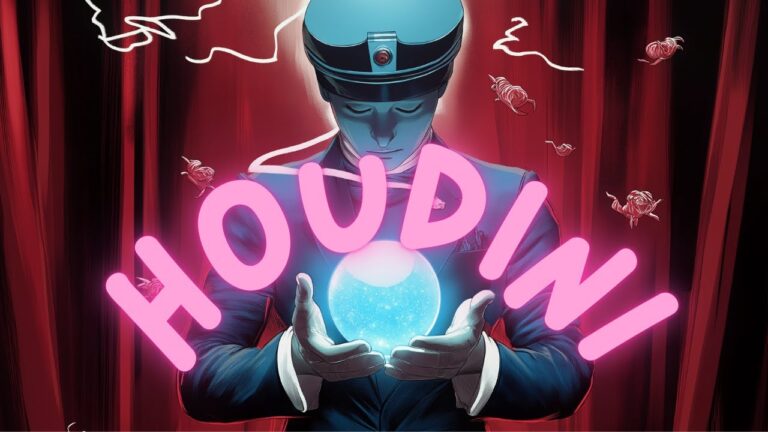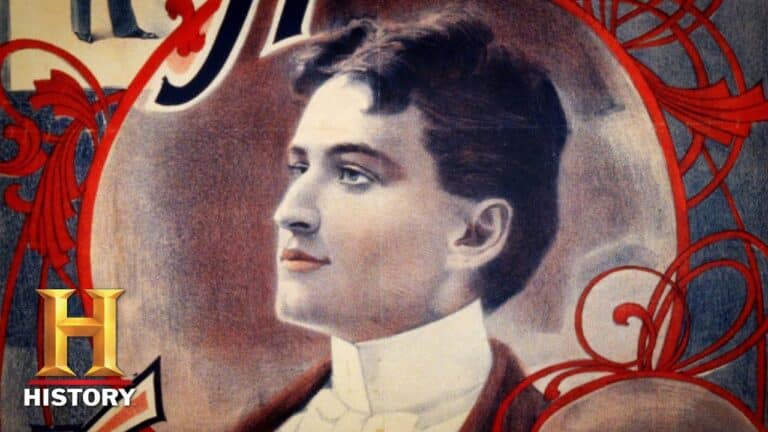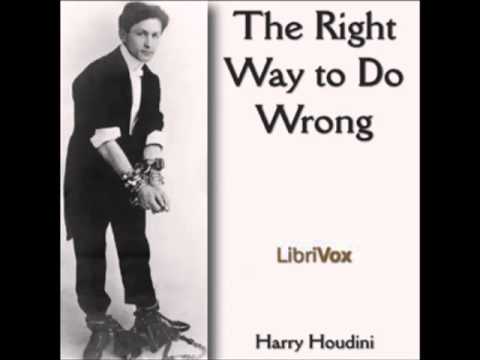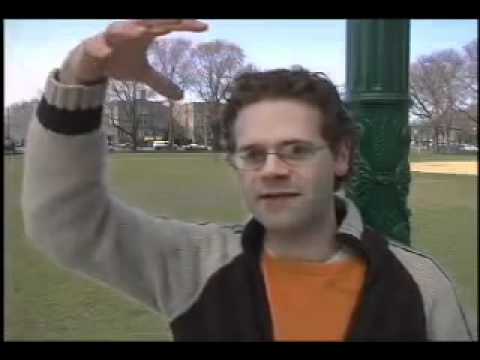The Origins of Card Tricks: A Historical Perspective on Their Development
Playing cards have captivated people for centuries. The art of card magic emerged alongside their growing popularity. Card tricks originated when clever gamblers developed sleight-of-hand techniques to gain advantages in card games. These techniques later evolved into magical entertainment. You can trace these early deceptions back to the roots of modern magic. Skilled performers transformed simple gambling moves into astonishing illusions.
Jean Eugène Robert-Houdin took inspiration from gambling culture to create many of the card tricks you see today. His innovations helped establish card magic as a respected form of entertainment, separate from its questionable origins in gambling halls and taverns.
Card tricks stand apart from older forms of magic like the cups and balls routine. While ancient magicians relied on props and preparation, card tricks showcase pure skill and sleight of hand. You might be surprised to learn that compared to other magic tricks, card illusions are relatively new in the long history of magical entertainment.
The Early History of Playing Cards

Playing cards first emerged in ancient China during the Tang Dynasty around 800-900 CE. These early cards laid the foundation for both recreational games and the fascinating art of card magic that would develop centuries later.
The Introduction of Playing Cards to Europe
Arab traders introduced playing cards to European shores in the late 14th century. The designs you see today evolved from these early Arabic naib cards.
Italian and Spanish merchants quickly spread cards across Mediterranean trading routes. Each region developed its own distinct styles and patterns.
The French created the familiar 52-card deck with hearts, diamonds, clubs, and spades around 1480. Their simple two-color design made cards cheaper to produce and more accessible to common people.
Early Card Games and Their Cultural Significance
Card games rapidly gained popularity among all social classes. In medieval courts, nobles played complex trick-taking games to display their wit and status.
Games in Paris became so popular that authorities tried restricting play in 1408. These restrictions suggest cards had already become deeply embedded in daily life.
Different regions created unique games reflecting local customs:
- Tarot in Italy
- Ombre in Spain
- Piquet in France
The Transition from Games to Magic
The earliest documented card magic appeared in Paris around 1408. A gambler used sleight of hand to cheat at cards.
Professional entertainers soon realized cards offered endless possibilities for amazement. They developed fundamental moves still used today:
- False shuffles
- Palm techniques
- Secret counts
Traveling performers spread these techniques across Europe, transforming simple playing cards into powerful tools for creating wonder.
Pioneers of Card Magic

The pioneers of card magic brought revolutionary changes to this art form during the 1800s. They elevated card tricks from simple street performances to sophisticated theatrical displays.
Jean Eugène Robert-Houdin: The Father of Modern Magic
Robert-Houdin transformed magic from a street performer’s trade into an elegant theatrical art. His career began as a watchmaker, which gave him unique mechanical insights into creating magical effects.
He opened his own theater in Paris in 1845, where he performed sophisticated card tricks in formal evening wear. This marked a dramatic shift from the traditional wizard robes worn by magicians.
You can trace many modern card tricks back to Robert-Houdin’s innovations. He created the “Second Sight” routine and perfected the famous “Cards to Pocket” effect.
Johann Nepomuk Hofzinser: The Innovator of Card Tricks
Hofzinser revolutionized close-up card magic in Vienna during the mid-1800s. He developed numerous sleight-of-hand techniques still used today.
His most famous creation was the “Remember and Forget” plot, where spectators would mysteriously forget and remember cards at his command.
In his private salon, Hofzinser performed exclusively for elite audiences. His intimate performance style influenced how close-up magic is presented today.
Other Key Figures in Early Card Magic
Giovanni Giuseppe Pinetti brought card magic to major theaters in the 18th century. He created spectacular effects that combined cards with other props.
Jean-Baptiste Ponsin wrote one of the earliest detailed books on card magic. His book included the first description of the Ambitious Card effect, which remains popular.
These pioneers created the foundation for modern card magic through their innovations in technique and presentation. Their influence extends into today’s magical performances.
Technological and Cultural Influences

Advancements in printing, social organizations, and cultural shifts shaped how card tricks evolved from simple deceptions to sophisticated entertainment. These changes transformed both the tools magicians used and how audiences experienced the art.
The Role of Printing Technology in Card Magic
Playing cards underwent significant changes when mass printing became available in the 1800s. You can trace major improvements in card manipulation to these better-quality decks.
The invention of the double-backed card and marked designs gave performers new ways to amaze audiences. High-quality printing also made special gimmicked cards more convincing.
Key printing advances:
- Smoother card surfaces
- More consistent card sizes
- Better ink coverage
- Improved card stock durability
Cultural Trends and Their Impact on Card Tricks
The Victorian era brought card magic from taverns to elegant theaters and private clubs. You began to see more refined presentations replacing crude gambling demonstrations.
Magic shows became popular entertainment for middle and upper classes. This shift pushed magicians to develop more sophisticated methods.
Professional magicians started wearing formal attire and using elegant props. Their performances now emphasized skill and mystery rather than gambling expertise.
The Influence of Secret Societies and Clubs
Private magic clubs emerged in major cities during the late 1800s. You needed special invitations to join these exclusive groups where magicians shared their secrets.
Early pioneers of gambling techniques formed tight-knit communities. Their private sessions led to many card handling innovations we still use today.
Magic societies established:
- The Magic Circle (London)
- Society of American Magicians
- International Brotherhood of Magicians
These organizations helped preserve and advance card magic through their journals and meetings.
Card Magic in Houdini’s Era
The early 1900s marked a golden age for card magic, with new techniques and presentations that changed how magicians performed. Stage shows gave way to more intimate performances where skilled manipulation became the true art.
Houdini’s Contributions to Card Magic
Harry Houdini mastered card manipulation before his escape acts made him famous. You might recognize his “Card Through Handkerchief” effect, which fooled audiences across America. His rigorous practice schedule – often 8 hours daily – set new standards for technical excellence.
In 1922, a young magician named Dai Vernon stumped Houdini with a simple yet ingenious card trick. This moment changed magic history and proved that even the greatest could be fooled.
Popular Card Tricks of the Early 20th Century
The “Rising Card” became a staple of magic shows, where a chosen card mysteriously rose from the deck. The Ambitious Card routine, where a card repeatedly jumps to the top of the deck, gained huge popularity.
Professional magicians developed these effects:
- Double Lift
- Palm Changes
- Top Change
- Classic Force
Card manipulation techniques grew more sophisticated, with false shuffles and controls becoming essential skills.
The Rise of Card Magic in Vaudeville and Stage Shows
Jean Eugène Robert-Houdin’s influence shaped how magicians presented card effects in theaters. You would see performers in formal attire, treating cards as sophisticated props rather than gambling tools.
Vaudeville circuits created new venues for close-up magic. Magicians developed acts that played to both intimate audiences and large theaters.
Theater owners began featuring card magic as headline acts. This led to larger props and more dramatic presentations to reach back row audiences.
The Evolution of Card Tricks in Modern Times
Card magic has transformed dramatically since the 1950s through technological innovation, media exposure, and creative performers who have revolutionized the art form. These changes have made card tricks more accessible and visually stunning than ever before.
Technological Advancements and Their Impact
Digital playing cards and sophisticated sleight of hand techniques have opened new possibilities for magicians. You can now experience card tricks through smartphone apps and augmented reality platforms.
Special gimmicked decks use advanced printing methods and materials that weren’t possible in earlier eras. These innovations allow for smoother handling and more deceptive illusions.
Video tutorials and online learning platforms have made it easier to master complex maneuvers. You can access frame-by-frame breakdowns of classic moves like the double lift or palm techniques.
The Influence of Television and Digital Media
Social media platforms have created new venues for magicians to showcase their skills. Short-form video content on TikTok and Instagram has popularized quick, visual card effects.
TV shows like Penn & Teller: Fool Us have brought card magic to mainstream audiences. These programs challenge performers to create innovative new tricks and presentations.
Live streaming has enabled interactive magic shows where viewers participate remotely. Your computer or phone screen becomes the stage for real-time card miracles.
Notable Modern Card Magicians and Their Contributions
David Blaine revolutionized street magic with his intimate close-up card performances. His approach brought card tricks directly to everyday people on the street.
Shin Lim elevated card manipulation to new artistic heights. His silent routines with multiple deck vanishes and transformations won him America’s Got Talent twice.
Daniel Madison created groundbreaking techniques for card control and false dealing. His work has influenced a generation of performers and creators.
Richard Turner’s perfect touch with cards, despite being blind, demonstrates the highest level of technical mastery possible. His contributions to gambling-style demonstrations set new standards for card handling.
The Legacy of Classic Card Tricks
Card magic tricks have shaped entertainment and illusion for centuries, blending skill, psychology, and showmanship into an enduring art form that continues to amaze audiences worldwide.
How Classic Techniques Are Used Today
Many traditional sleight of hand methods remain essential building blocks for modern magicians. You’ll find these time-tested moves in countless contemporary performances.
Double lifts, palm changes, and false shuffles form the foundation of today’s card magic. These techniques allow you to create stunning illusions while maintaining complete control.
Digital platforms have given classic moves new life. When you watch modern magicians on social media, you’re often seeing centuries-old techniques adapted for modern audiences.
The Preservation and Study of Vintage Card Magic
Magic clubs and societies maintain detailed records of historical tricks and methods. You can access these valuable resources through specialized libraries and private collections.
Professional magicians dedicate significant time to studying vintage books and manuscripts. This research helps preserve the rich heritage of card magic.
Historical artifacts like original props and instruction booklets provide crucial insights into how tricks evolved. Many collectors focus on preserving these items for future generations.
The Ongoing Influence on Contemporary Performances
Modern magicians blend classic card tricks with innovative presentation styles. You’ll notice traditional effects enhanced by technology and storytelling.
Stage performers incorporate vintage techniques into larger illusions. These combinations create powerful moments that connect past and present.
TV specials and streaming shows frequently showcase updated versions of historical tricks. Your favorite magicians often draw direct inspiration from performers of the past.
Personal style and interpretation keep classic effects fresh. When you learn a traditional trick, you’re encouraged to add your own creative touches while respecting its origins.
